The Amazon river dolphin, (other names include boto, bufeo or pink river dolphin), is a species of toothed whale endemic to South America and is classified in the family Iniidae. Three subspecies are currently recognized: Amazon river dolphin,, Bolivian river dolphin and the Orinoco river dolphin while position of Araguaian river dolphin within the clade is still unclear The three subspecies are each found in a separate river basin (in order) the Amazon basin, the upper Madeira River in Bolivia, and the Orinoco basin.
The Amazon river dolphin is the largest species of river dolphin, with adult males reaching 185 kilograms (408 lb) in weight, and 2.5 metres (8.2 ft) in length. Adults acquire a pink colour, more prominent in males, giving it its nickname “pink river dolphin”. Sexual dimorphism is very evident, with males measuring 16% longer and weighing 55% more than females.
Like other toothed whales, they have a melon, an organ that is used for bio sonar. The dorsal fin, although short in height, is regarded as long, and the pectoral fins are also large. The fin size, unfused vertebrae, and its relative size allow for improved manoeuvrability when navigating flooded forests and capturing prey.
They have one of the widest ranging diets among toothed whales, and feed on up to 53 different species of fish, such as croakers, catfish, tetras and piranhas. They also consume other animals such as river turtles, aquatic frogs, and freshwater crabs. However, this is not particularly surprising, as there are so many forms of life in the Amazon rainforest, and plenty is likely to occasionally find themselves in the river.
In 2018, this species was classed as endangered, by the IUCN with a declining population. Threats include incidental catch in fishing lines, direct hunting for use as fish bait or predator control, damming, and pollution; as with many species, habitat loss and continued human development is becoming a greater threat.
While it is the only species of river dolphin kept in captivity, almost exclusively in Venezuela and Europe, it is difficult to train and often die very young, when kept in captivity..
Life expectancy of the Amazon river dolphin in the wild is unknown, but in captivity, the longevity of healthy individuals has been recorded at between 10 and 30 years. However, a 1986 study of the average longevity of this species in captivity in the United States is only 33 months. An individual named Baby at the Duisburg Zoo, Germany, lived at least 46 years, spending 45 years, 9 months at the zoo.
Below you will find any news articles on Amazon dolphin (though articles with both words also get sucked in). Also we will add any information on where you can go to see these in the wild, beneath both of these.


 Found in the West Indies, northern South America (including the Galápagos Islands) and the Yucatan Peninsula. It was considered cospecifc with the greater flamingo, but they are now recognized as separate species (it is also closely related to the Chilean flamingo).
Found in the West Indies, northern South America (including the Galápagos Islands) and the Yucatan Peninsula. It was considered cospecifc with the greater flamingo, but they are now recognized as separate species (it is also closely related to the Chilean flamingo).  of South America, it is in the same genus as the James Flamingo. Indeed, the Chilean Andea and James flamingo often share nesting sites and are relatively closely related.
of South America, it is in the same genus as the James Flamingo. Indeed, the Chilean Andea and James flamingo often share nesting sites and are relatively closely related. the American and greater flamingo, it is listed as near threatened in the wild with a wild population of about 200,000. Population declines are due to habitat loss and degradation, harvesting and
the American and greater flamingo, it is listed as near threatened in the wild with a wild population of about 200,000. Population declines are due to habitat loss and degradation, harvesting and 

 Darwins rhea. Its found on the Andean plateau as well as Patagonia.
Darwins rhea. Its found on the Andean plateau as well as Patagonia.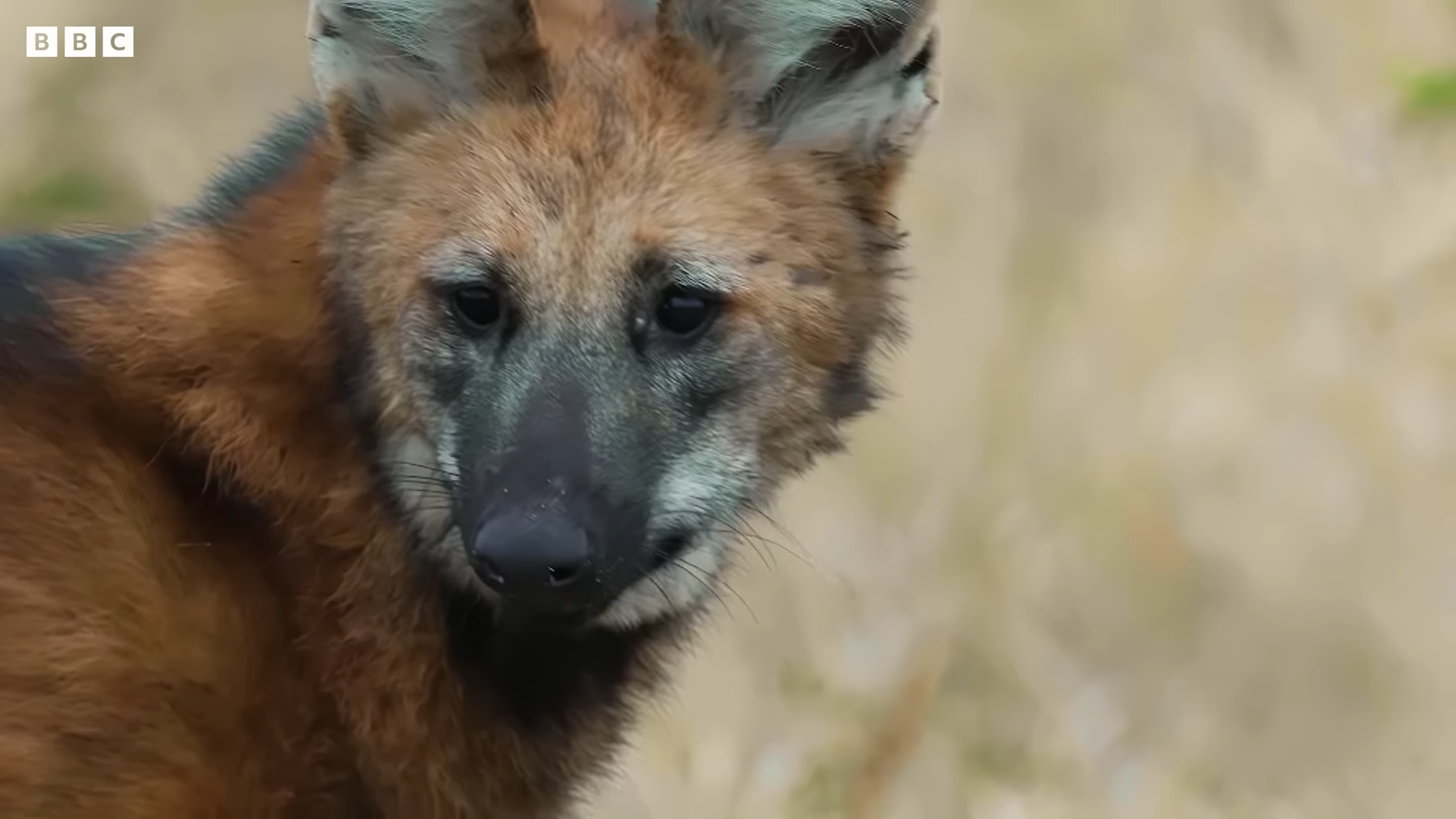
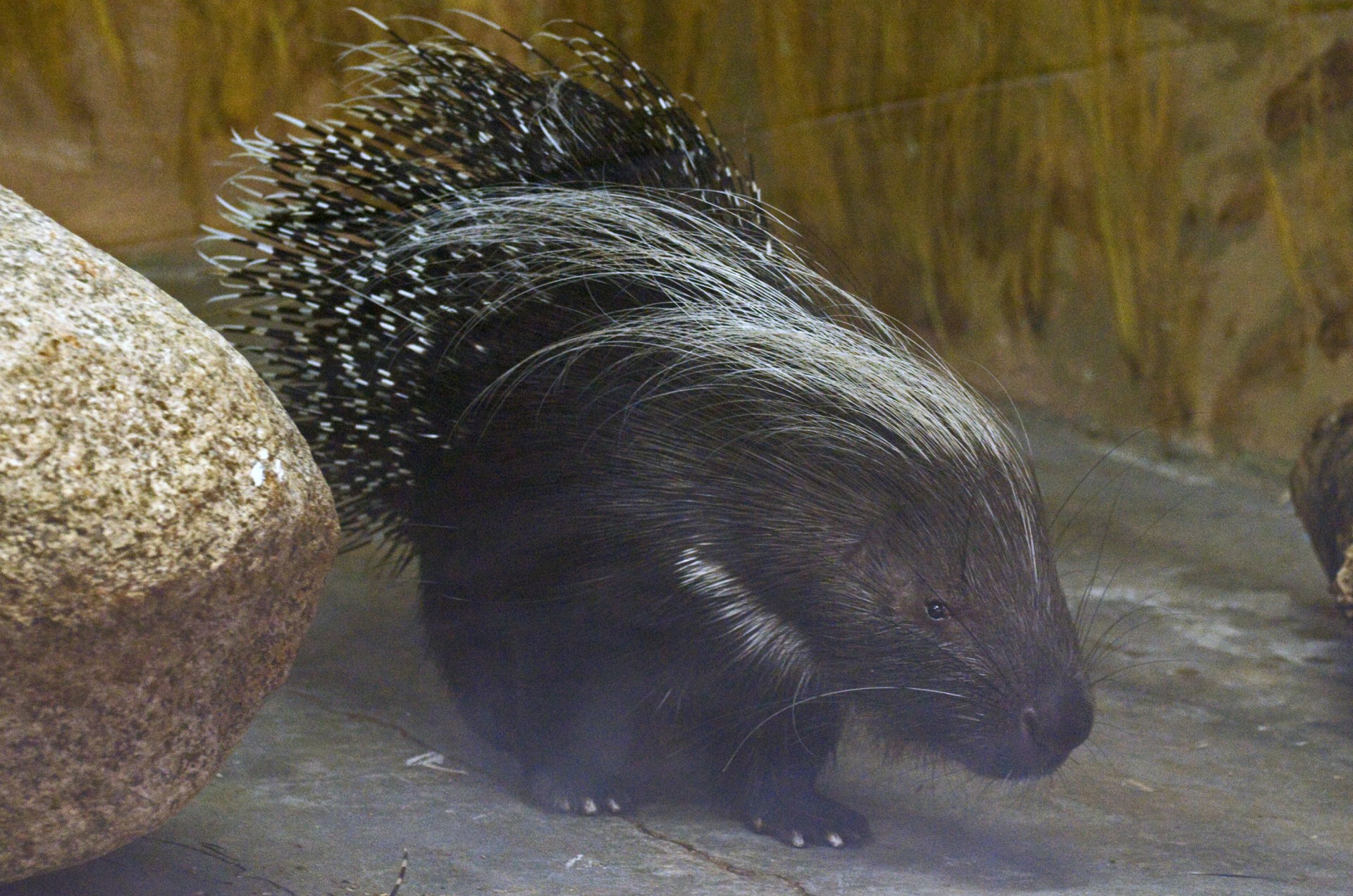
 This is a species of rat-like porcupine, found in a broad belt of Equatorial Africa, right across the continent from Guinea to
This is a species of rat-like porcupine, found in a broad belt of Equatorial Africa, right across the continent from Guinea to 

 porcupine, (also called the African crested porcupine) is native to North Africa (though it may be locally extinct in Egypt) and sub-Saharan Africa. It is also found in
porcupine, (also called the African crested porcupine) is native to North Africa (though it may be locally extinct in Egypt) and sub-Saharan Africa. It is also found in  porcupine is a rodent species native to southern Asia and the Middle East. It weighs 11-18kg and is 70-90cm long. It has similar looking quills to the African Porcupine, and has a similar diet.
porcupine is a rodent species native to southern Asia and the Middle East. It weighs 11-18kg and is 70-90cm long. It has similar looking quills to the African Porcupine, and has a similar diet. porcupine or Himalayan porcupine is a species of rodent. The head and body measurement are around 56-74 cm and the tail is about 6–11 cm. They weigh around 10 kg-18 kg. They normally feed on roots, tubers, bark and fallen fruits. They also eat carrion, insects, and large tropical seeds. They forage at night and rests during the day. It may be found singly or in pairs. It can also swim and gnaw. The sow usually has one, but twins have also been recorded.
porcupine or Himalayan porcupine is a species of rodent. The head and body measurement are around 56-74 cm and the tail is about 6–11 cm. They weigh around 10 kg-18 kg. They normally feed on roots, tubers, bark and fallen fruits. They also eat carrion, insects, and large tropical seeds. They forage at night and rests during the day. It may be found singly or in pairs. It can also swim and gnaw. The sow usually has one, but twins have also been recorded.
 porcupine is a species of rodent. It is endemic to Indonesia. Due to the popularity of the hunting and consumption of the Sunda porcupine as an aphrodisiac, the Ministry of Environment and Forestry in Indonesia has listed this species as a protected animal as of June 2018.
porcupine is a species of rodent. It is endemic to Indonesia. Due to the popularity of the hunting and consumption of the Sunda porcupine as an aphrodisiac, the Ministry of Environment and Forestry in Indonesia has listed this species as a protected animal as of June 2018. porcupine
porcupine  (also called Palawan porcupine) is a species of rodent endemic to the island of Palawan in the Philippines. It is known locally as durian or landak.
(also called Palawan porcupine) is a species of rodent endemic to the island of Palawan in the Philippines. It is known locally as durian or landak. or Quichua porcupine is a species of rodent. It is found in the Andes of northern
or Quichua porcupine is a species of rodent. It is found in the Andes of northern  porcupine (Coendou bicolor) is a species of nocturnal and arboreal rodent in the family Erethizontidae.
porcupine (Coendou bicolor) is a species of nocturnal and arboreal rodent in the family Erethizontidae. also called Koopman’s porcupine, is a porcupine species from the New World and is endemic to northern Brazil. It occurs in the Amazon rainforest east of the Madeira River and south of the Amazon River. It inhabits primary forest and possibly second growth. It was described as Coendou koopmani by Charles O. Handley Jr. and Ronald H. Pine in 1992, but was subsequently found to be identical to a species described in 1818. It is nocturnal and herbivorous.
also called Koopman’s porcupine, is a porcupine species from the New World and is endemic to northern Brazil. It occurs in the Amazon rainforest east of the Madeira River and south of the Amazon River. It inhabits primary forest and possibly second growth. It was described as Coendou koopmani by Charles O. Handley Jr. and Ronald H. Pine in 1992, but was subsequently found to be identical to a species described in 1818. It is nocturnal and herbivorous.
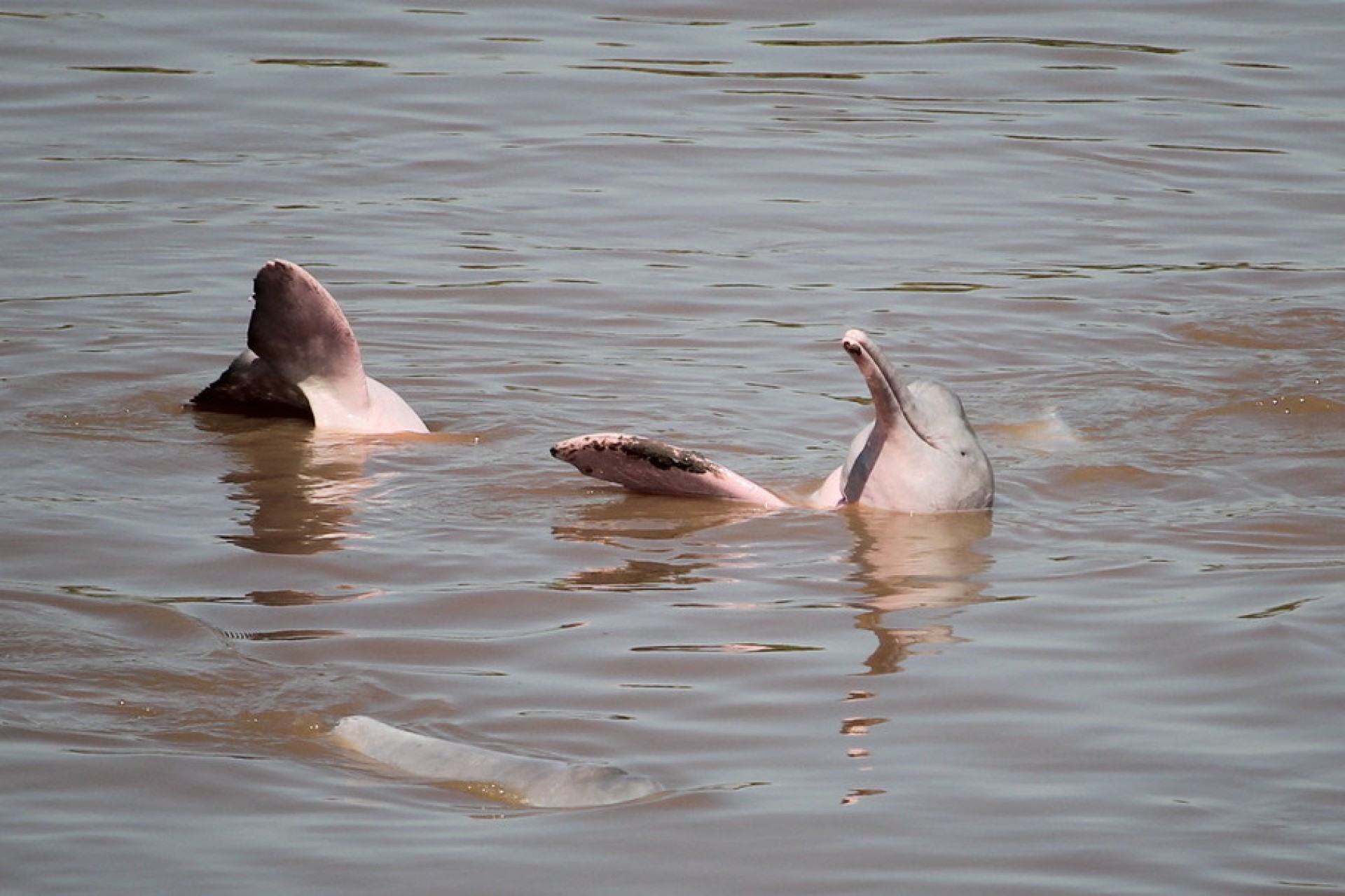
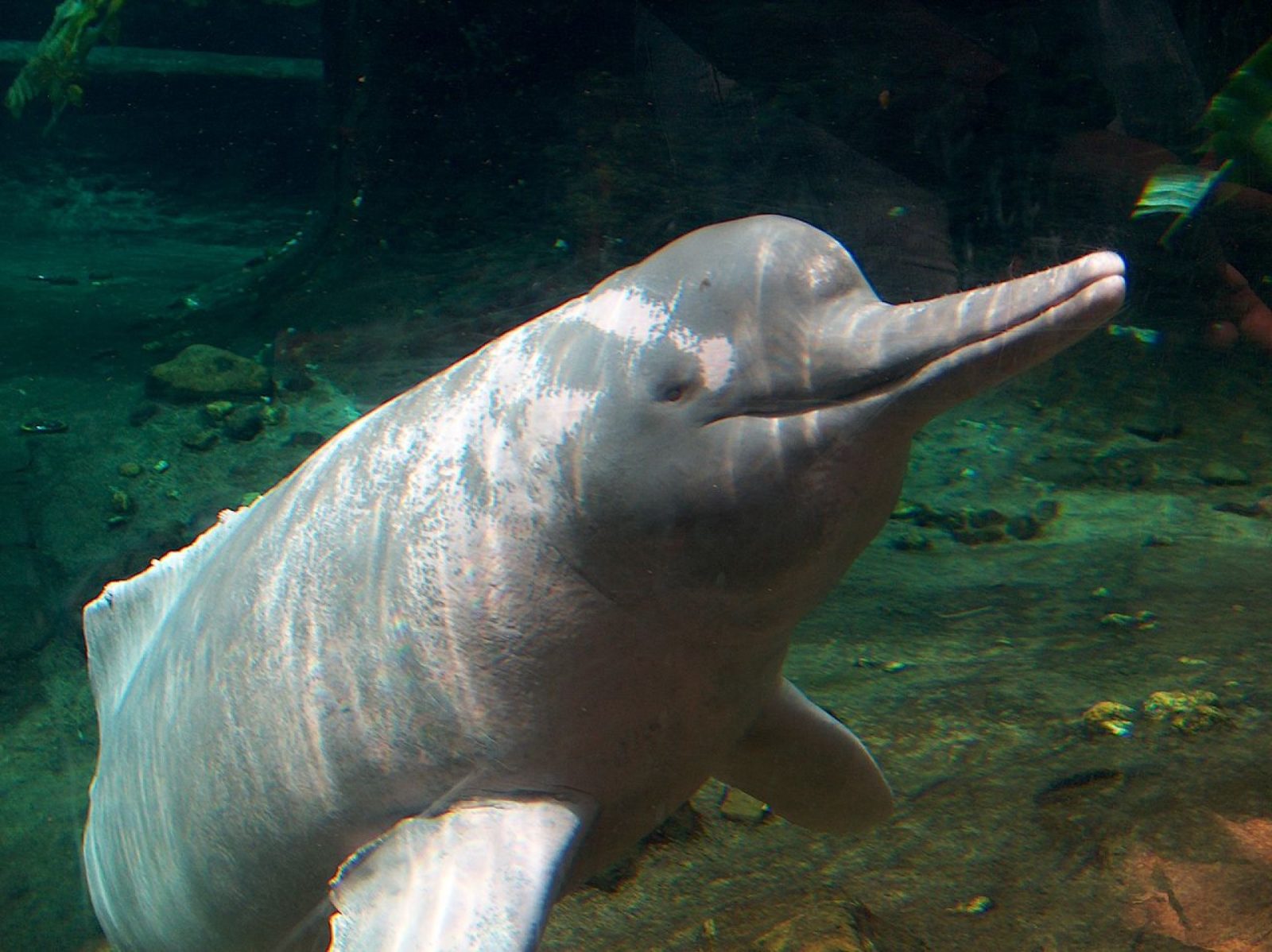
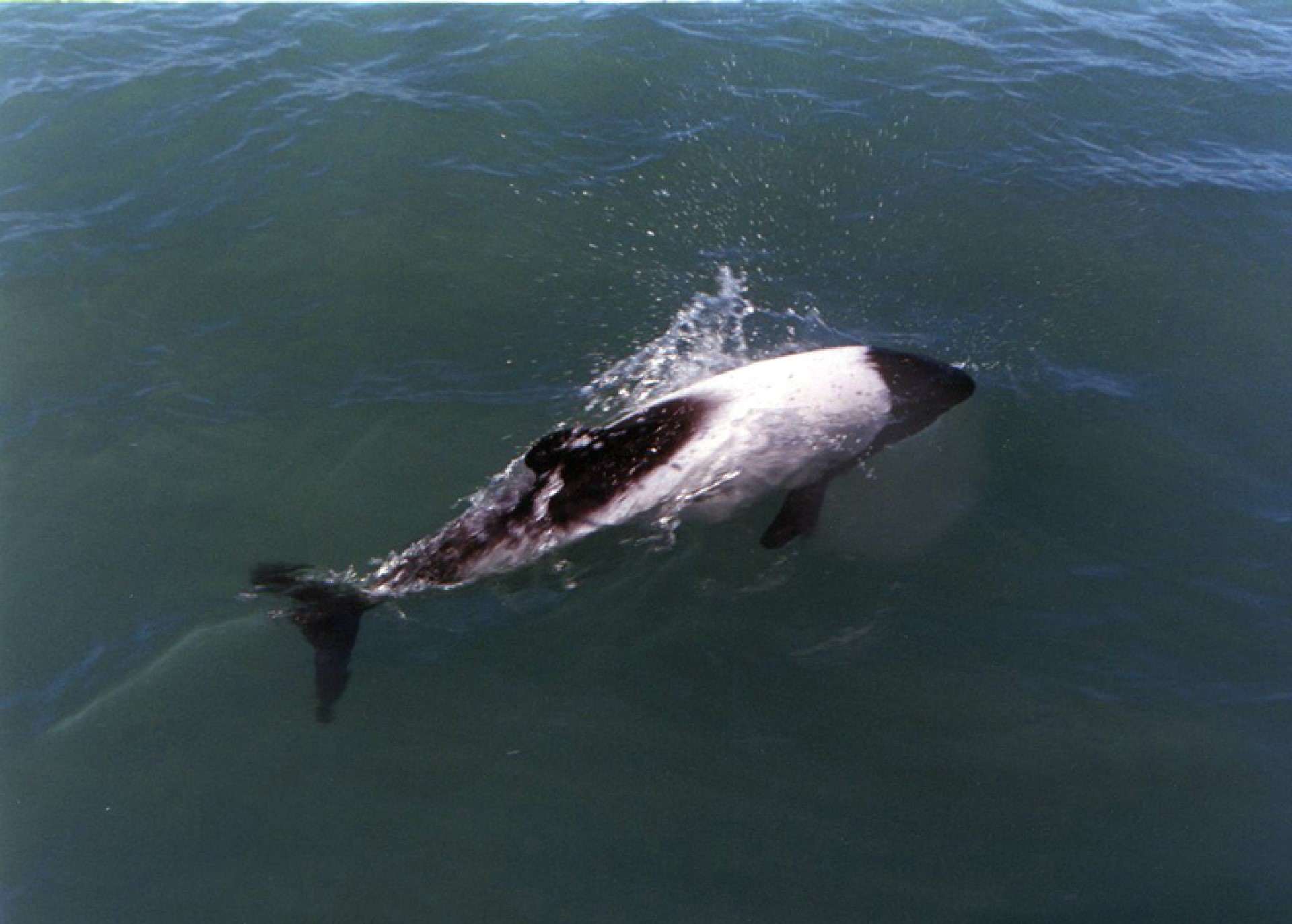
 Commerson’s dolphin (also known as jacobita, skunk dolphin, piebald dolphin, panda dolphin, or tonina overa (in South America), is a small oceanic dolphin of the genus Cephalorhynchus. The dolphin takes its name from the French naturalist Dr Philibert Commerson, who first described them in 1767 after sighting them in the Strait of Magellan. To the right of this is a map of the Primary subspecies, the secondary subspecies lives a large distance out into the Indian ocean.
Commerson’s dolphin (also known as jacobita, skunk dolphin, piebald dolphin, panda dolphin, or tonina overa (in South America), is a small oceanic dolphin of the genus Cephalorhynchus. The dolphin takes its name from the French naturalist Dr Philibert Commerson, who first described them in 1767 after sighting them in the Strait of Magellan. To the right of this is a map of the Primary subspecies, the secondary subspecies lives a large distance out into the Indian ocean.









